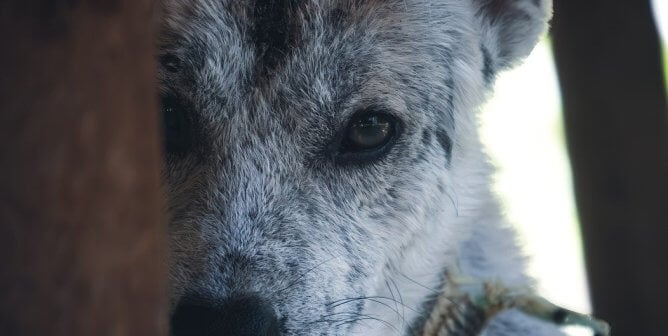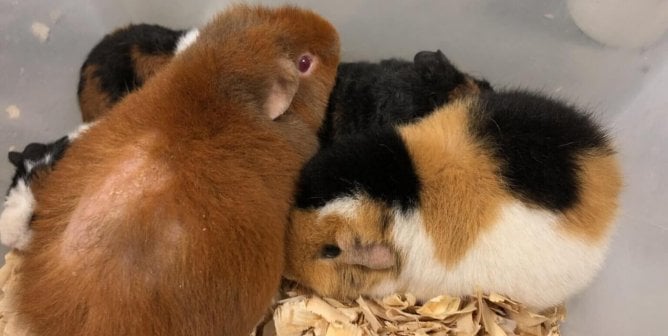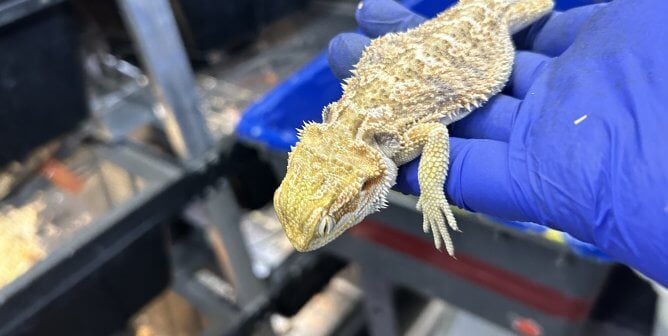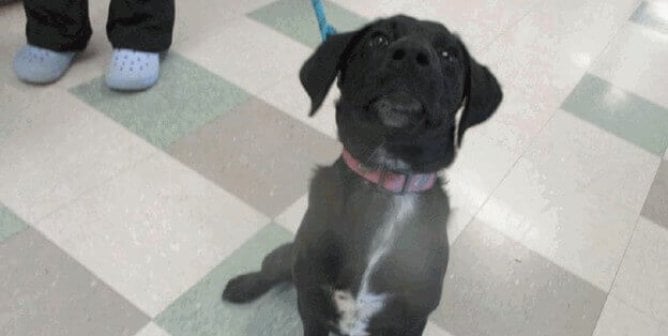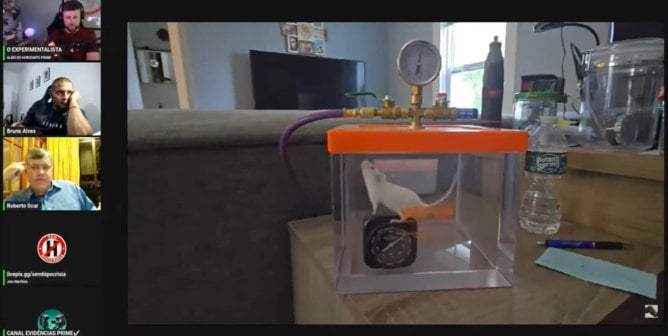Doing What’s Best for Our Companion Animals
In a perfect world, animals would be free to live their lives to the fullest, raising their young and following their natural instincts in their native environments. Domesticated dogs and cats, however, cannot live “free” in our concrete jungles, so we are responsible for their care. People with the time, money, love, and patience to make a lifetime commitment to an animal can make an enormous difference by adopting an animal from a shelter or rescuing an animal from a perilous life on the streets. It is important, also, to keep our companion animals from reproducing, which perpetuates a class of animals who are forced to rely on humans to survive.
Sadly, not everyone loves animals. Any animal control officer has stories about animals who are found bruised, bloodied, and emaciated; litters of puppies and kittens who are rescued from taped-up boxes along highways or from sealed plastic garbage bags that have been thrown into lakes and rivers; or animals who are abandoned because they bark too much, got too old, or because their families decided to move.
Even people who care about animals are often unable to recognize or meet their animal’s many needs. Domesticated animals can no longer survive on their own yet they retain many of their basic instincts and drives. They may yearn to roam but are confined to a house or yard and are dependent upon their guardians for water, food, and social contact.
As long as people treat animals as toys, possessions, or commodities rather than as individuals with feelings, families, and friendships, widespread neglect and abuse is inevitable.
Breeding’s Sad Legacy
Approximately 70,000 puppies and kittens are born in the United States each day.(1) Because the number of animals far exceeds the demand for them, millions of homeless cats and dogs suffer from abandonment, abuse, starvation, disease, weather extremes, painful deaths, or procurement for laboratories.
According to The Humane Society of the United States, an estimated 6 to 8 million dogs and cats are surrendered to animal shelters every year. Nearly half—3 to 4 million—must be euthanized for lack of homes.(2)
In light of these tragic statistics, no form of breeding can be considered responsible. Those who breed animals for profit and individuals who let their dog or cat have “just one litter,” however well-intentioned they may be, contribute to the dog and cat overpopulation crisis. Every newborn puppy or kitten means one home fewer for dogs and cats who are desperately waiting in shelters or roaming the streets.
Problems With Purebreds
Some people impulsively obtain purebred dogs even though they may not be educated about the breed or ready for the commitment that animal companions require. Movies such as 101 Dalmatians and Beethoven, TV shows such as Frasier, and commercials such as those for Taco Bell have caused a jump in the popularity of certain breeds, and yet very few potential dog caretakers take the time to investigate the traits and needs of the breed that they are considering. “Every time Hollywood makes a dog movie, the breed goes to hell,” says one caretaker of Bouvier des Flandres dogs. A Dalmatian fancier concludes that “[T]he unscrupulous breeders will see there’s a profit margin there.”(3) When there is a surge in demand for a particular breed, puppy mills try to meet that demand, but when Jack Russell terriers don’t turn out to be just like Frasier’s Eddie or when St. Bernards don’t act just like “Beethoven,” rescue groups and shelters become flooded with these breeds.
Few good homes are open to dogs who are perceived as overly aggressive. Breed-specific spaying and neutering legislation is an important tool in ending the tragic exploitation of these breeds. In France, where the number of pit bulls has soared from 200 in 1993 to an estimated 30,000 today, pit bulls must now be spayed and neutered, and it is illegal to sell or import them.(4)
Obedience Training
PETA wholeheartedly supports humane, interactive training because it gives dogs greater freedom and a better understanding of our world. Untrained dogs are often constantly punished for their “improper” behavior and restrained so that they don’t “get into trouble.” Dogs should be trained only by their guardians; turning a dog over to someone else for training not only invites unseen abuse, it also does nothing to teach guardians how to communicate effectively with their animal companions.
Compassion, clarity, and consistency are the most important elements of dog training. Training should not include any activity that endangers animals or puts undue stress on them. Good books on the subject include Communicating With Your Dog: A Humane Approach to Dog Training, by Ted Baer; Dog Talk, by John Ross; and, for solving dog behavioral problems, Dogs Behaving Badly and The Dog Who Loved Too Much, both by Nicholas Dodman.
Working Dogs
Relationships of mutual respect and benefit are truly wonderful between dogs and humans; however, working dogs are instead often used as a substitute for innovative non-animal programs that intelligently address human needs. Sometimes working dogs are used in situations that are considered too dangerous for human beings—and therefore too dangerous for animals. They may be treated cruelly in preparation for and during their lives of servitude. Some people love their working dogs, but others don’t, which means that working dogs cannot count on having a home where they will be treated well. Also, some working-dog training programs contribute to overpopulation by breeding their dogs (with the notable exception of programs for the deaf, which rescue dogs from shelters).
When working dogs become too old to work, they may be separated from their human companions and either “retired” to another family, returned to the training center, or even killed. Optimally, humans should be relied upon for support of the disabled rather than working dogs and other animals—it is too common for animals to be exploited and abused.
Horse Woes
PETA favors horse rescue and opposes horse breeding. Horses are often acquired frivolously and neglected or treated cruelly, and they end up lonely, bored, or overworked. Because many horses are boarded and spend much of their lives away from their guardian’s watchful eye, there is an enormous potential for abuse or neglect by uncaring or untrained stable personnel. Horse breeding has caused the same overpopulation problem that plagues dogs and cats, and sometimes “pet” horses end up at slaughterhouses. Once adopted, horses should never be sold or given away as it is virtually impossible to know where they will ultimately end up.
What You Can Do
- Spay or neuter your dogs and cats.
- Adopt from shelters—and don’t forget adult animals, who are often overlooked by people who want a puppy or a kitten.
- If possible, adopt two animals. Animals need both human and animal companionship. Having an animal friend can help alleviate the boredom and loneliness of long hours spent waiting for you to come home.
- Cats and dogs are safest and happiest living inside with their human families. For safety’s sake, they should only be allowed out into securely fenced areas or under close supervision.
- Walk and play with your companion animals every day.
- Make preparations for the care of your animal companion during difficult times, such as divorce or death.
- Take strays to humanely run shelters.
- Work within your community to legislate mandatory spaying and neutering. See PETA’s “Spaying and Neutering: A Solution for Suffering” factsheet for more information.
- Speak up if someone is planning to breed an animal. Urge people who desire the companionship of animals to adopt from animal shelters.
- If you witness neglect, talk to the animal’s guardian, send an anonymous letter, or contact the humane society. Be persistent! (See PETA’s “Chained Dog” leaflet for more information.)
- Read Making Kind Choices, by Ingrid Newkirk, for more tips on how you can help animals.
References
1) Bob Shaw, “PETCO Tests Rabbit Adoption; Cooperation With Local Rights Group Could Be Pet Model Nationally,” Saint Paul Pioneer Press 4 Jul. 2004.
2) The Humane Society of the United States, “HSUS Pet Overpopulation Estimates,” 2009.
3) Chuck Haga, “Every Dog Has Its Day,” Minneapolis Star Tribune 7 Sep. 1999.
4) “Action to Wipe Out Pit Bull Dogs,” Evening Standard 10 Jan. 2000.

